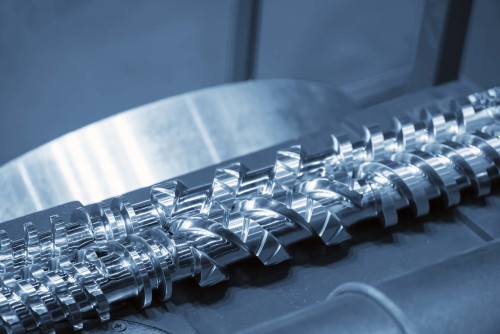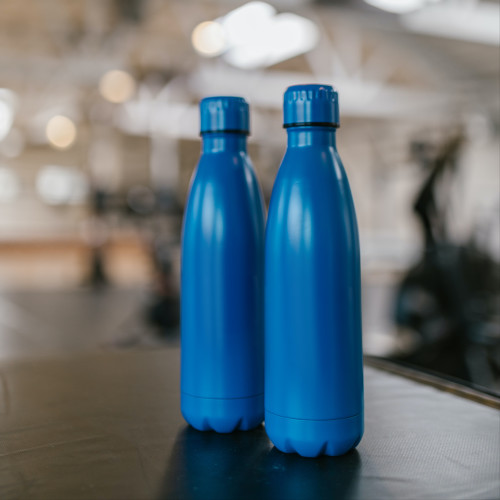Extrusion Fibre
In the monofilament fibre process, molten polymer is forced through very small diameter holes in a spinneret die to form continuous polymer filaments which are rapidly cooled with air. As they are cooled, they can be stretched to give some orientation which imparts some tensile strength to the fibres. After cooling the fibres can be further stretched in the solid phase by pre-warming them on heated rollers then stretching them in the machine direction - one set of downstream rollers are rotating at a faster speed than the previous set thus causing the fibres to stretch in the gap between rollers. This further imparts tensile strength to the fibres. Fibres are wound onto bobbins/reels and can be used for weaving into fabrics as well as combined into ropes etc. In other applications the fibres are cut into "staple" lengths and then combined into non-woven fabrics by carding processes and thermally bonding them together into the nonwoven fabric. Other types of fibre are produced by a spunbond process or a melt blown processs for more specific aplicaitons such as filtration and disposable wipes.



















